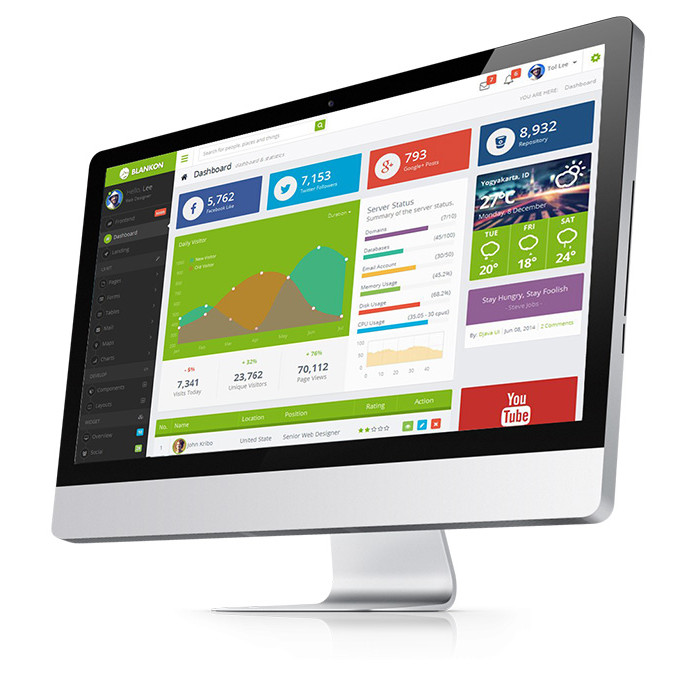Business-Solutions
Letter of Credit
Overview
Letter of Credits
The import process and Letter of credits have a special nature; where the letter of credit may be received on many shipments, and within several periods; therefore Letter of credit system requires a strong and effective system in order to monitoring the cost of shipments including the expenses paid by the company until closing the letter of credit and costing all imported items. At the same time, the system should allow selling the imported items before reaching to the final cost. NAMA system covers all letter of credit procedures such as Letter of credit opening request, issuing a Performa Invoice, monitoring all imported shipments, expenses spent in details, closing the letter of credit and preventing users from issuing transactions for it.
Features
Comprehensive data for letter of credit and expenses items
NAMA allows recording all letter of credit information including bank info, correspondent bank, vendor, account currency, shipment data, delivery, insurance, customs, letter of credit types and accounts, in addition to the items of planned shipments, and the delivery date for each of them. NAMA also allows to define infinite number of costing methods in order to distribute the letter of credit cost on the items by any way such as by value, weight, quantity, or by manual distributing.
Supporting for all letter of credits types
NAMA supports all letter credits types such as confirmed letter of credit, not confirmed, fully recovered, partially recovered, promoted,..and so on. NAMA also supports all shipments policies, and opening the letter of credit by any currency and receiving any number of shipments. Letter of credit value could be reduced or exceeded.
Full coverage for letter of credit procedures
NAMA supports all documents required to perform all letter of credit procedures such as LC opening request in order to open a letter of credit in the bank, Performa invoice that contains the letter of credit items at the beginning of the contract. Via this Performa invoice, user can enter the purchased items, their quantities, prices, specifications, ..and so on. Through this invoice, you can also define the payment method and the details of payments to be paid to the vendor. Through the expense document, you can record all expenses of the letter of credit in order to be distributed on the purchased items. Via LC cost documents, NAMA collects the stock receipt documents and expense documents for each LC shipment in order to calculate the final cost for each item according to the item quantity, expenses, and the distribution method
Full tracking for letter of credit procedures
NAMA supports all procedures of the letter of credit via a special file named LC action; where you can record the arrival of the insurance policy, shipment policy, promote actions, Customs Clearance, or even cancelling the letter of credit. Through recording these procedures, you can launch all reports to recognize the letter of credit status and all its details with the vendors or any official party.
Monitor the letter of credit Instantaneously
As soon as issuing the LC cost document, NAMA costs the items of the letter of credit and close it so as to prevent adding any additional costs. But waiting till receiving all shipments and recording all expenses in order to calculate the final cost seems illogical; especially the enterprise needs to sell the received goods and determines the prices according to the final cost; therefore, NAMA provides a mechanism to cost the received shipments instantaneously according to stock receipt and expenses documents. This technique allows user to have online information for the items costs according to received items and spent expenses.
Reverse expenses to reduce costs
The vendor sometimes returns some of goods value because of the lack of required quantity, or non-compliance of the agreed specifications. In these cases, you can record an expense for this cost but by negative value; therefore, the vendor will be credit rather than debit. Recording a negative value for the cost allows the enterprise to get any expenses back from the vendor. This is a good way rather than issuing adjustment entries or modifying the letter of credit data which consequently changes the financial statements.

